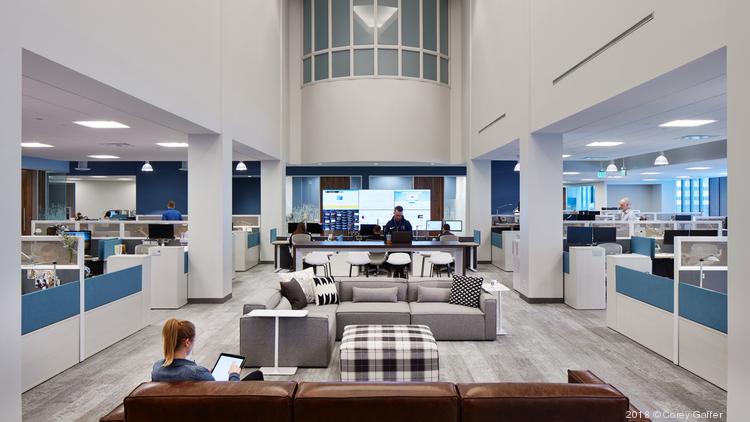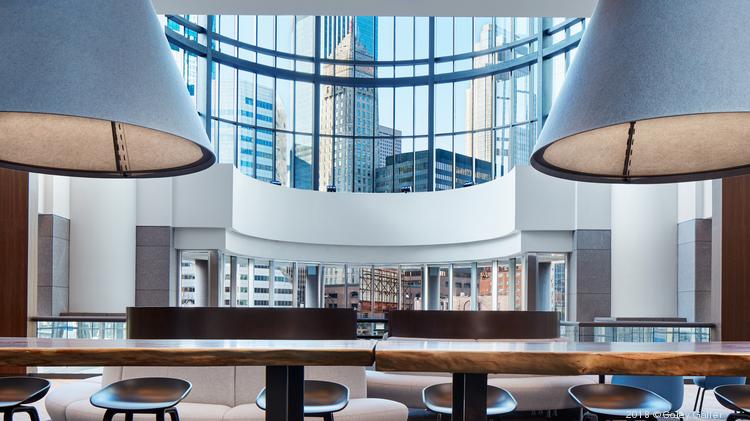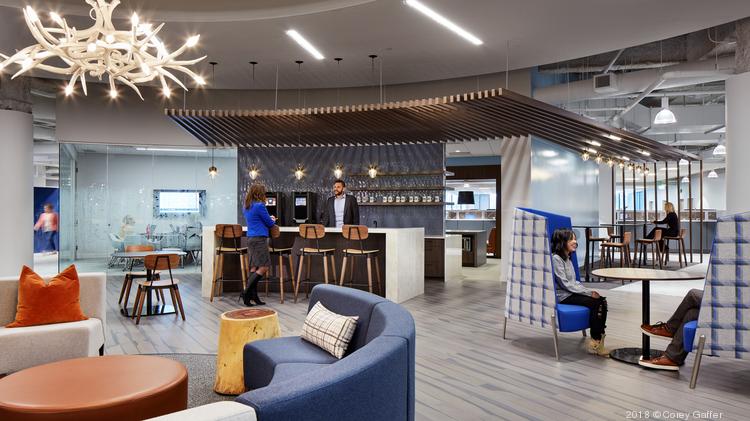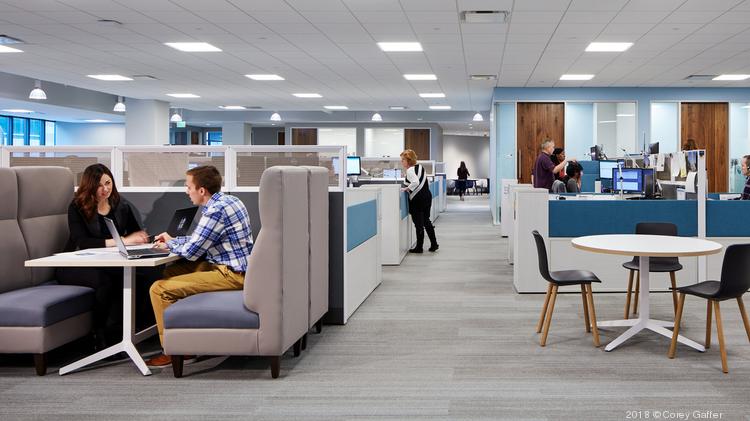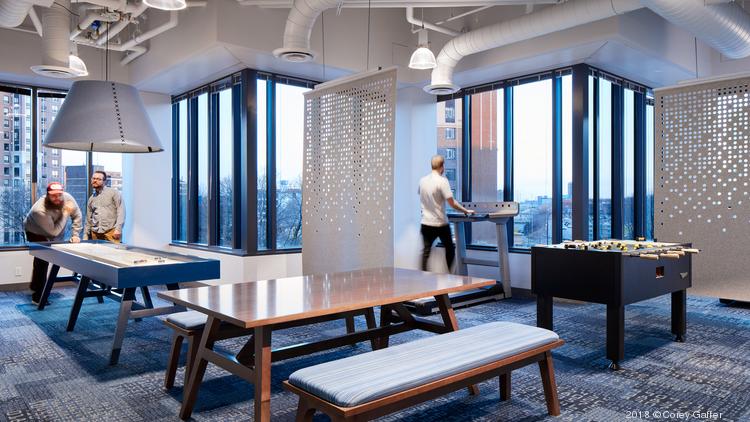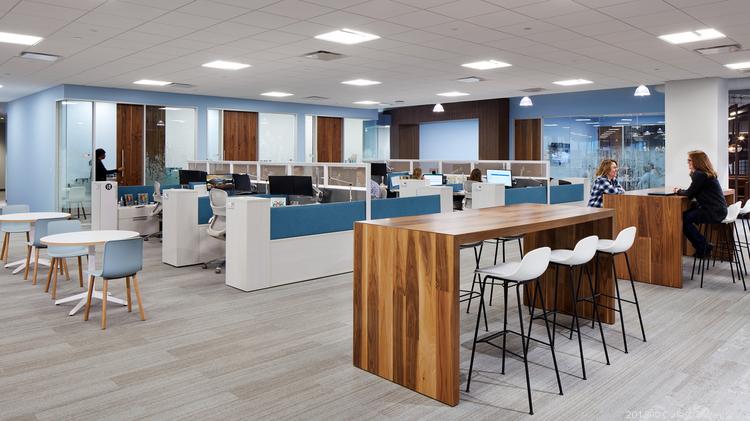The furniture industry is in for a massive shake up with the government looking at whether it should ban a widely-used highly flammable foam filling.
Most modern furniture, such as couches and mattresses, are made using polyurethane foam, which ignites quickly and burns off toxic fumes.
Consumer Affairs Minister Kris Faafoi said after seeing a fire demonstration showing how quickly the foam went up, leaving things as they were would be unlikely.
“Certainly something needs to change, it just took off so quickly and doesn’t leave a lot of time for a family to respond and certainly doesn’t leave a lot of time for Fire and Emergency to respond as well.”
In the last 10 years, 180 people have died in avoidable house fires.
Fire and Emergency fire investigations manager Peter Wilding said foam-filled furniture ignited rapidly and burned hot and fast while emitting toxic fumes.
“Primarily the biggest contributor of heat and toxic smoke is the polyurethane foam furnishing – the padding that you find in seats and thing like that.
“There’s other things in a room that will burn but nothing burns and gives off as much heat as quickly as that.”
One suggestion to make the furniture safer was to mix it with flame retardant.
But there are concerns adding more chemicals to households would have unintended consequences.
Four furniture manufacturers RNZ spoke to expressed concern that flame retardants are known carcinogens.
But Mr Wilding said while older-style retardants were concerning, modern ones were safe.
“Chemical technology has moved on light years over the last few decades. There’s much safer things that are being used now than what used to be used.
“Some of the retardants that were used back in the ’50s and ’60s are no longer even allowed to be produced.”
Another option was to add a barrier lining to the outside of furniture or to phase out the polyurethane foam altogether.
The government has proposed setting up a Product Safety Policy Statement which means that whatever changes are decided on would be industry-led.
However, this type of policy would only work if everyone was onboard.
One concern about a policy statement was the monitoring of overseas imports of foam and pre-made furniture.
Daryl McLaren who works for New Zealand foam making company Dunlop Foams said they know exactly what went into their foam and label accordingly, but imported products were not as transparent.
“We’ve had a customer that was about to lose a job to imported foams and they said ‘can we have a sample of it’, all the paperwork all matched up to say what the grade was, the fact that it was FR [flame retardant]. They put a match to it and it burnt away – there was no fire retardant in it at all,” Mr McLaren said.
“You just don’t know that it’s happening. It was just fortunate that the company which is our customer, had a close relationship with their customer and was able to do that sort of thing. But nine times out of 10, in fact I would say 99 times out of 100 more like, nobody’s gonna know.”
Mr Faafoi said monitoring imports to make sure they were up to code and labelled correctly would require significant resourcing, and changes like phasing out the use of the foam could take years to be fully in effect.
However, he said the sooner work started the sooner it could be completed.


